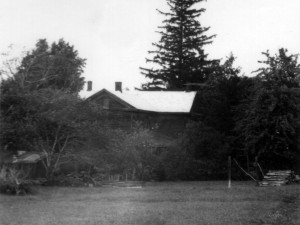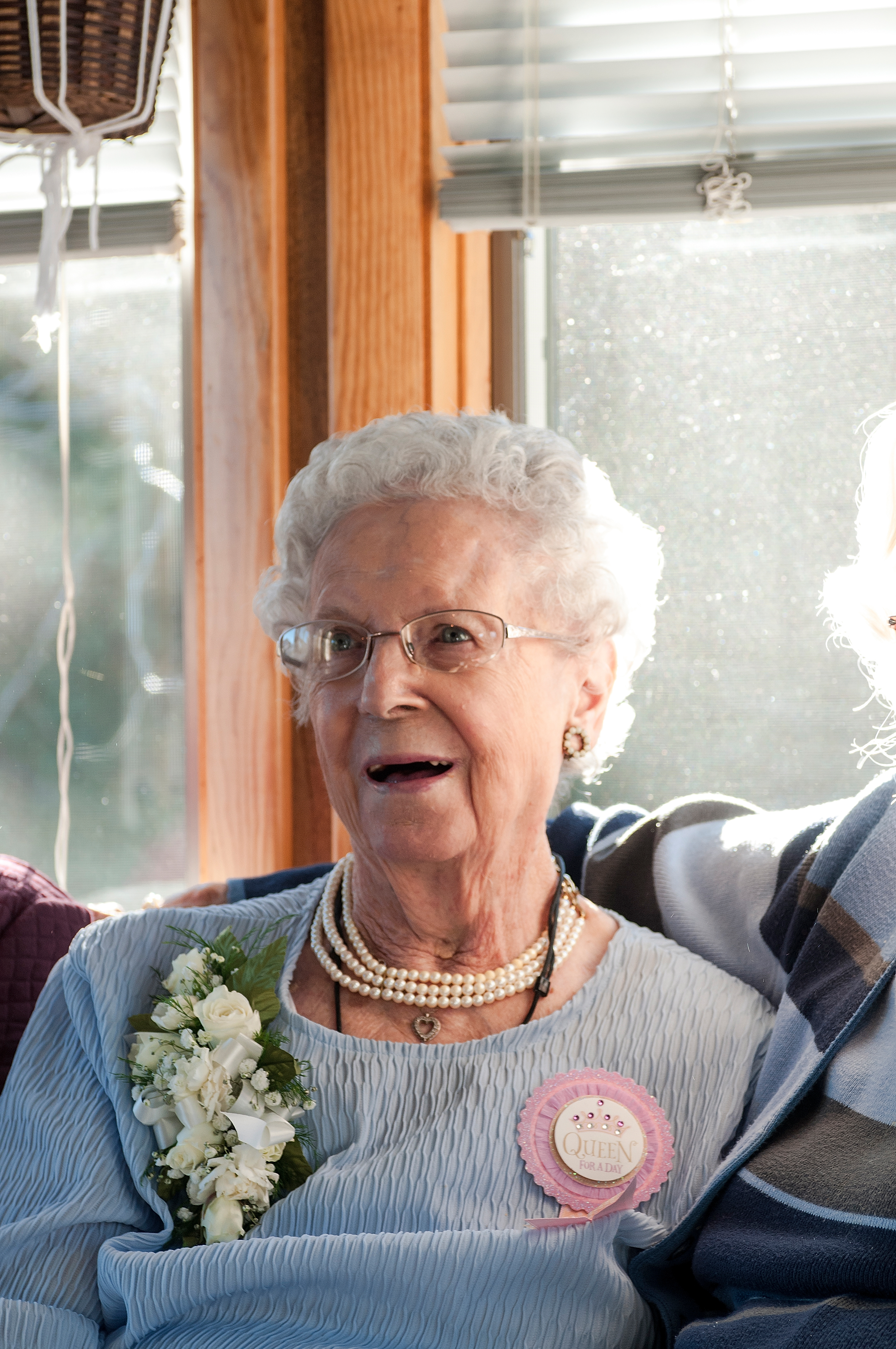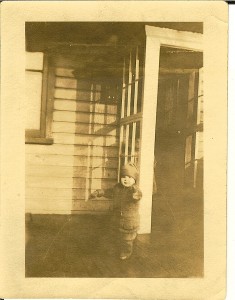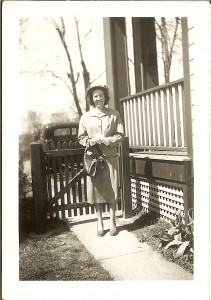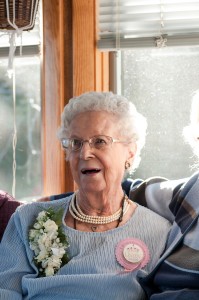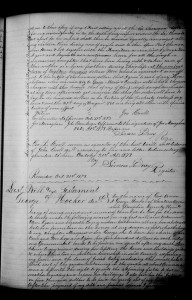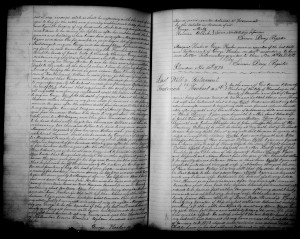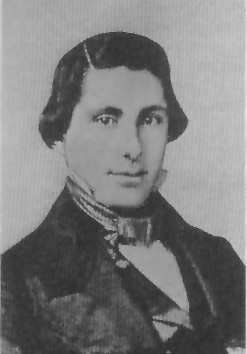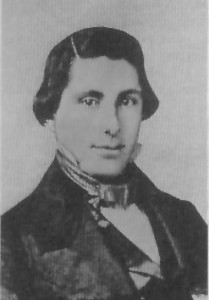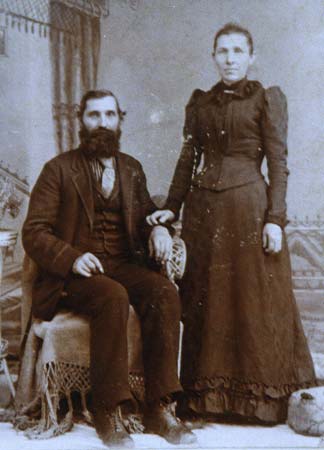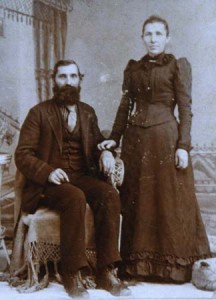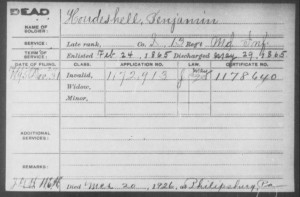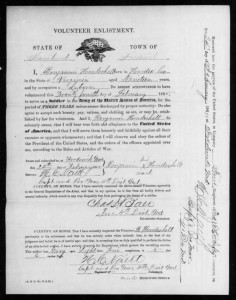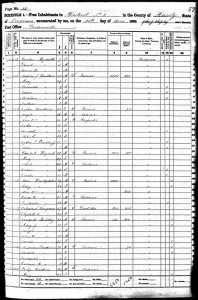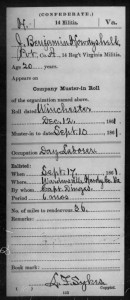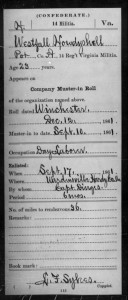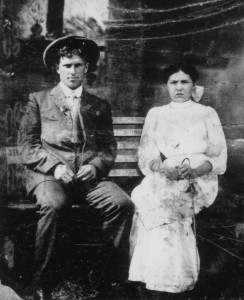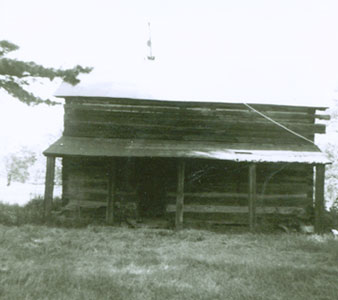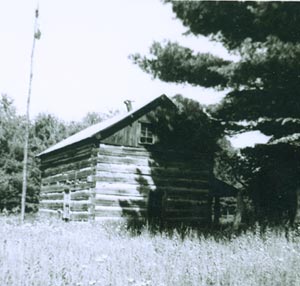52 Ancestors: Martin Weidman (1698-1768) Will
Martin Weidman, my 7x great-grandfather, was born in 1698, in Gräben, Baden-Durlach. He died prior to 11 October 1768 in Cocalico Township, Lancaster County, Pennsylvania. Martin wrote his last will and testament on 6 June 1766 and it was proven on 11 October 1768.1
[page 301]
Martin Weidman dec’d
In the name of God Amen I Martin Weidman of Cocalico Township Yeoman calling unto Memory the Mortality of my Body do hereby make this my last will and testament whilst sound in Body and Mind To my beloved Wife Margaretha I give and devise the Interest of of one third Part of my Personal Estate during her Natural Life but if that should not suffice for her Maintenance she shall have a right to take so much of the Principal
[page 302]
as will be necessary for her Maintenance To my Eldest son Christopher I give and devise a Sum of Fifty Pounds Lawful Money of Pennsylvania wherein is included a Sum of Twenty five Pounds Money aforesaid which oweth to him the £75 this shall be instead of his two Shares and it is my Will, that he shall besides this have no other prerogative before my other Heirs The Residue of my Estate all my Heirs shall divide among themselves in equal Shares, and the Heirs of my son Wendel deceased shal in herit their Fathers share Farther I Ordain that my son Jacob Shall pay a sum of Nine Hundred Pounds due to me by him every Year after my Death the sum of Sixty Pounds to my heirs, until the whole is also paid and Satisfied, the first payment shall have my son Christopher 2 the second my Daughter Elizabeth Wife of Adam Haker the tird [sic] my Son Jacob the fourth my Daughter Margaretha Wife of George Haker the fifth my Daughter Barbara Wife of Bernhard Gartner the sixth my Daughter Catharina, Wife to George Wachter and so forth in this Wise, until the whole sum above mentioned is paid Finally I Constitute and Ordain Executors of this my last Will my two sons Christopher and Jacob In Witness whereof I have to these Presents set my hand & Seal this Sixth
day of June Anno Domini One Thousand Seven Hundred & Sixty Six ~
Signed sealed & acknowledged by the Testator to be his Martin Weidtman {seal}
last Will & Testament in the presence of us underwritten Witnesses who saw him Sign the same Jeremias Miller, Samuel Funk, Jacob Funk, Peter Miller ~
Memorandum I thought proper to Annix this by way of Inttorsement to this my last Will that my Wife shall have the use of my best bed and all my Linnen during her life Witness my hand this Thirteenth day of June 1766 added before sealing further she shall all the use of my best cow to by kept in fother by my son Jacob shall provice her with firewood during her life this thirteenth day of June 1766 aforesd. Martin Weidtman {seal}
Signed and acknowledged by the Testator to be his Indorsement in the Presence of Peter Miller
Lancaster County Ss On the Eleventh day of October Anno Domini 1768 Before me the Subscriber Personally appeared Samuel Funk and Jacob Funk two of the subscribing witnesses to the within Will and on their Solmn Affirmation did declare and Affirm that they were present and saw and heard Martin Weidman the Testator within named Sign Seal Publish pronounce and declare the within Writing as and for his Last Will & Testament and that at the doing thereof he was of Sound and well disposing Mind Memory & Understanding to the best of their knowledge observation & belief ~
Lancaster County Ss on the Thirteenth day of October Anno Domini 1768 Before me the Subscriber personally appeared the above and within named Peter Miller one of the Subscribing Witnesses to the within Will and Codicil and on his Solemn Affirmation According to Law did declare and say that he was present and Saw and heard Martin Widman the Testator within named Sign Seal publish pronounce and declare the above writing as Codicil to his Last Will & Testament and that at the doing thereof at the several times therein contained he was of sound and well disposing Mind Memory and Understanding to the best of his Knowledge Observation and belief ~
Be it Remembered that on the Eleventh day of October Anno Domini 1768 The Last Will and Testament of Martin Weidman late of Cocalico
[page 303]
Township in the County of Lancaster Yeoman deceased was proved in due form of law and Letters Testamentary thereon were granted to Christopher Weidman and Jacob Weidman the Executors therein named they being first duly Qualified well and truly to Administer the Estate of the said Dec’d & to Exhibit a true & perfect Inventory thereof into the Registers Office at Lancaster on or before the Eleventh day of November next and to Render a true and Just account of their Administration on the said Estate when thereto Lawfully required given under the seal of the said office ~ by me
Martin and his wife Margaretha had seven children, as named in his will:
- Christopher Weidman
- Maria Elisabeth Weidman
- Wendell Weidman
- Johan Jacob Weidman
- Anna Margaretha Weidman
- Maria Barbara Weidman
- Catharina Weidman
Maria Elisabetha Weidman married my 6x great-grandfather and immigrant, Johan “Hans” Adam Hacker. Her sister, Anna Margaretha Weidman, married Adam’s younger brother Johan Georg Hacker. Both men settled in Cocalico Township on land near to Martin Weidman’s warranted tracts. While Adam and his family remained in Lancaster County, George eventually moved his family to Whitemarsh Township, Montgomery County, just north of Germantown.
I believe the Weidmans may have been from Graben. A 1709 list of inhabitants2 of the town list “Christoph Weidtmann” and “Matthias Weidtmann,” possibly Martin’s father and uncle?
This post is part of an ongoing, blogging challenge entitled 52 Ancestors in 52 Weeks, created by Amy Crow of No Story Too Small. Participants must write about one ancestor every week. This is my fourteenth 52 Ancestors post and part of week seventeen.

